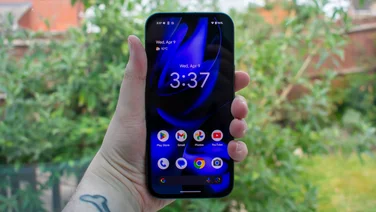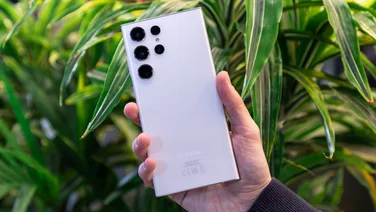To help us provide you with free impartial advice, we may earn a commission if you buy through links on our site. Learn more
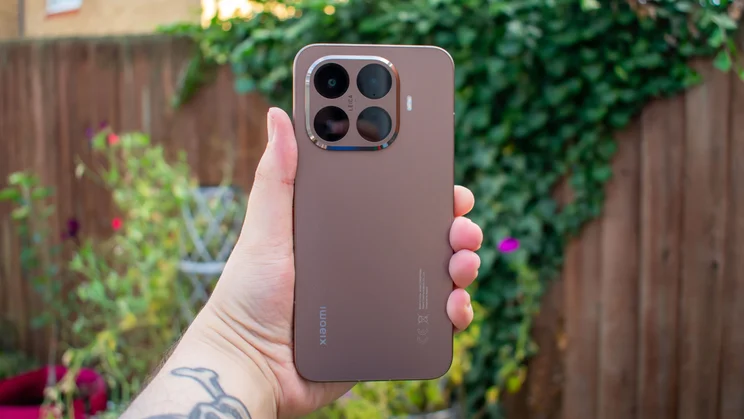
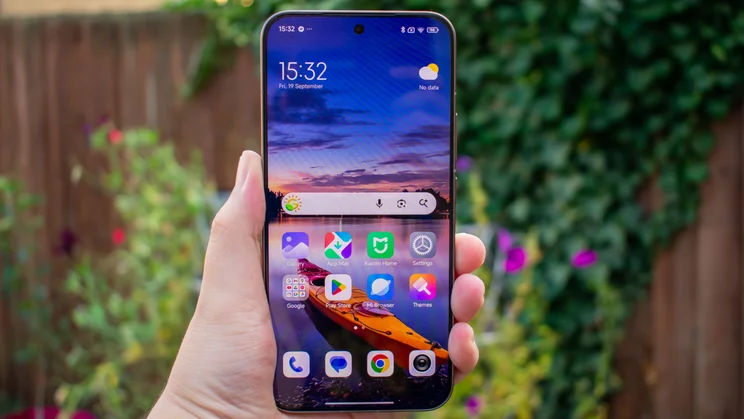
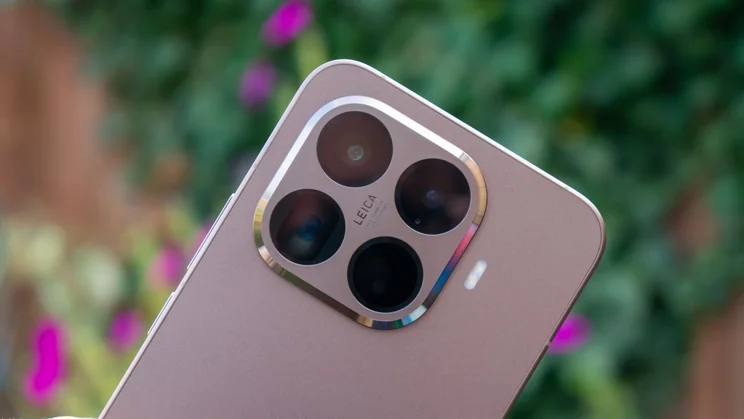
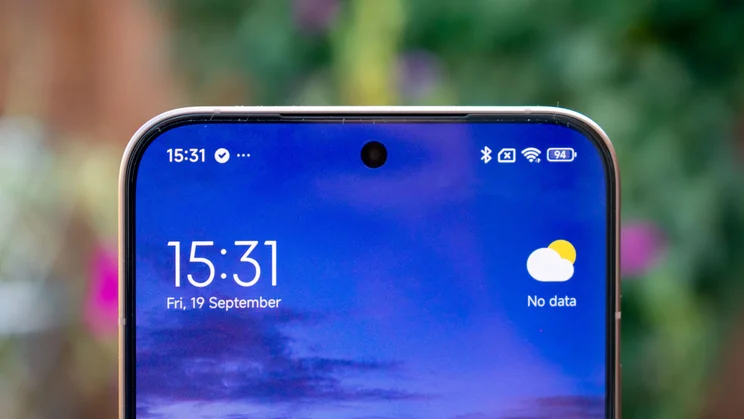
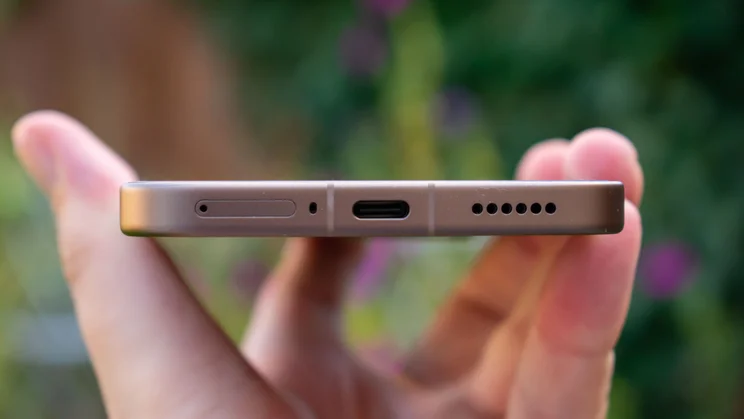
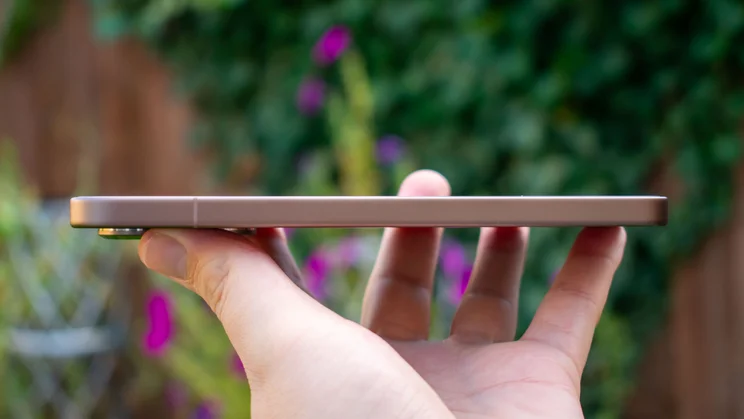
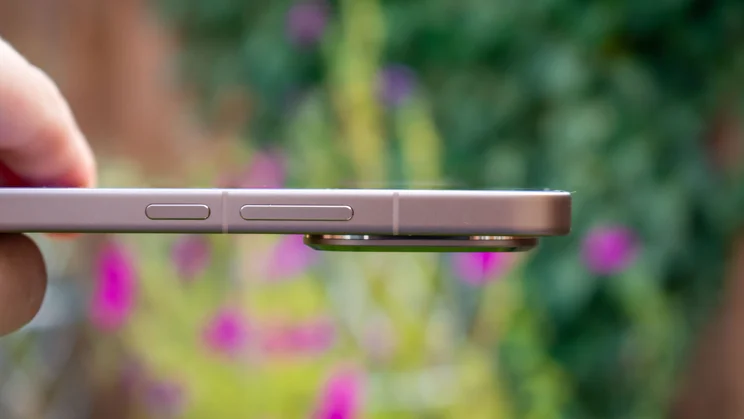
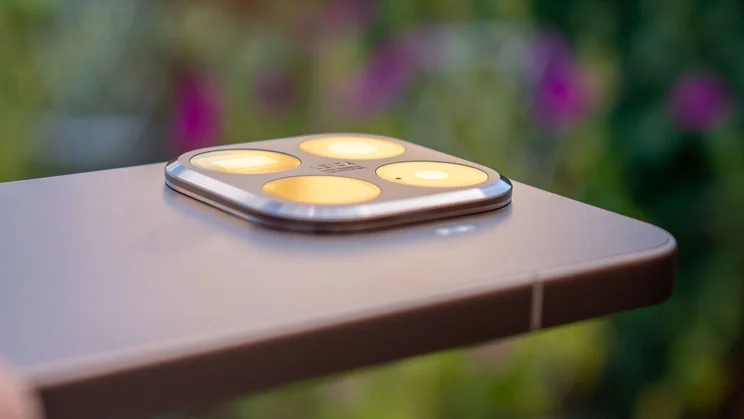
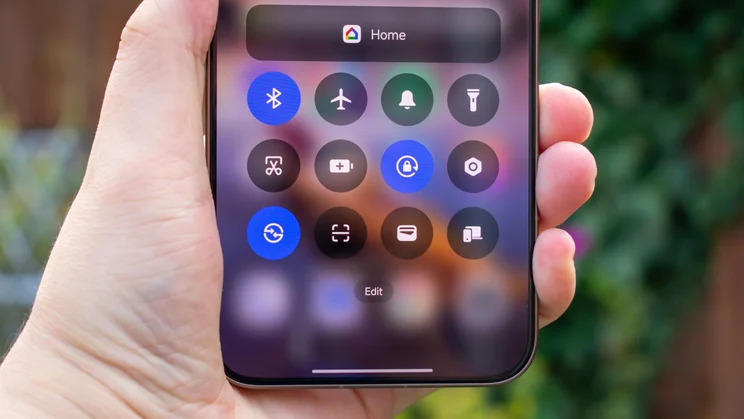







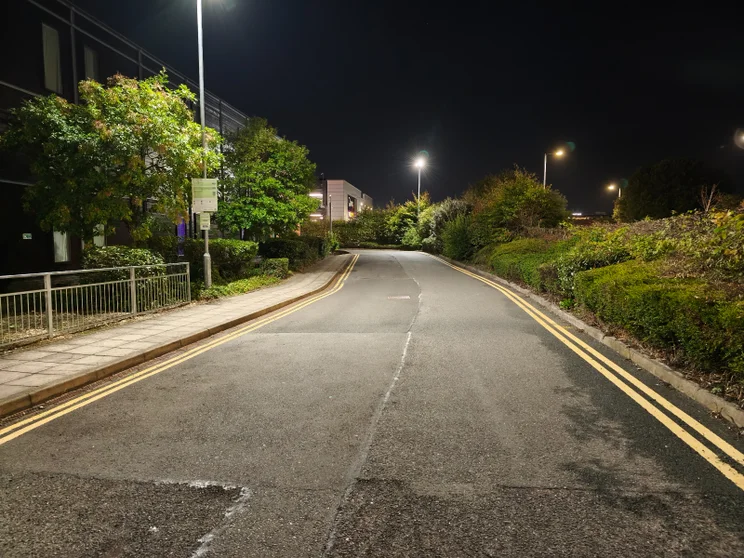


- New 5x telephoto camera
- Gorgeous design
- Phenomenal display
- Weaker gaming performance
- HyperOS software still irritates
- Rivals have better software support
The Xiaomi 15T Pro is a dark horse in the race. Launching near some of the most high-profile smartphones on the release calendar, this entry-level flagship offers fantastic value for money, pairing a big, bright display with nippy performance, extensive battery life and a new 5x telephoto camera.
Some of my frustrations with last year’s Xiaomi 14T Pro return here, most notably the baffling design decisions of the HyperOS software, and gaming performance is a little weaker. But these quirks are easy to forgive because, at this price, the Xiaomi 15T Pro is exceptional value for money, offering all the flagship-rivalling functionality that most people will need from their smartphone.
Xiaomi 15T Pro: What you need to know
Compared to the 14T Pro, there are several changes this year. First of all, the display is now a larger 6.83in (up from 6.67in) AMOLED screen with a resolution of 2,772 x 1,280 and a peak refresh rate of 144Hz.



















The selfie camera uses the same 32-megapixel sensor, but the aperture is slightly narrower (f/2.2 compared to f/2.0). On the rear, there’s a 50-megapixel (f/1.6) main camera, a 12-megapixel (f/2.2) ultrawide and a 50-megapixel (f/3.0) telephoto camera. The latter now offers 5x optical zoom, which is nearly twice that of the previous version.
Inside, we’ve got the new 3.73GHz MediaTek Dimensity 9400 Plus chipset, backed up by the same 12GB of RAM and 512GB of storage as last year. The battery is larger this time around, now a 5,500mAh cell, and once again supports 50W wireless charging – though wired charging has dropped from 120W to 90W.
Price and competition
It was a pleasant surprise to see Xiaomi increase the display size and improve the telephoto camera without altering the price of the 15T Pro. Like last year, the 256GB model costs £649, the 512GB version is £699, and the 1TB will set you back £799.
That puts the top-end 1TB model at the same price as the Samsung Galaxy S25, Google Pixel 10 and iPhone 17 (testing of the latter is ongoing, so for this review, we’ll be comparing to the iPhone 16).



















The difference is that the big three only offer 128GB of storage at this price. For 512GB, the iPhone 17 costs £999, while the older Galaxy S25 is currently £859 for the 512GB model. The Google Pixel 10 only goes up to 256GB, which will cost you £899.
All of the above also have smaller displays. A more direct threat to the Xiaomi 15T Pro is the OnePlus 13, which has a large 6.82in display, a 3x telephoto camera and powerful Snapdragon 8 Elite performance. The 512GB model started life at £999, but it’s since been discounted, and you can currently pick one up for just £775.
Design and key features
I had a couple of issues with the design of the Xiaomi 14T Pro, but am a lot warmer on this update. The new build is a little taller and wider than last year, measuring 76 x 163mm, but it’s slightly slimmer, at 8mm thick. That, in tandem with the aluminium edges now sitting flush with the glass rear, makes the phone feel much less bulky in the hand than its predecessor, despite it weighing around the same, at 210g.



















There are three colour options, with the standard black joined by a grey variant and the gorgeous Mocha Gold reviewed here. All are rated IP68 for dust and water resistance and have a layer of Gorilla Glass 7i over their displays for scratch protection.
Both the facial unlocking via the selfie camera and the optical fingerprint sensor under the display are efficient in use, and connectivity is upgraded to support Wi-Fi 7 and Bluetooth 6.0.
The most interesting new feature, however, is Xiaomi’s Offline Communication, which will enable users to make voice calls to other 15T series phones up to 1.3km away (though it can stretch to 1.9km when both phones are Pro models), even when they don’t have Wi-Fi or mobile signal. This is designed for use in remote areas and gets the best results in open spaces with minimal objects to disrupt the signal.



















Otherwise, the software is business as usual for Xiaomi. It’s slick and efficient enough, but some design features irk me: general settings have been shuffled in with the other quick launch tiles, making them a faff to locate quickly, and there’s a little too much bloatware. However, to Xiaomi’s credit, it’s not the most egregious collection of preinstalled apps I’ve seen from the brand, so that culling effort is appreciated.
The other big problem with the software is that Xiaomi is still not matching the best in the business on the support front. The Xiaomi 15T Pro is set for four years of OS updates and six of security patches, which is reasonable enough, but both Samsung and Google offer seven years apiece.
Display
As well as being bigger than its predecessor, the 6.83in AMOLED display also gets much brighter. On manual brightness, it tops out at 592cd/m2, but switching to adaptive mode and shining a torch on the light sensor pushed it up to 1,052cd/m2. The best came when displaying HDR content, however, where I recorded a phenomenal peak of 2,536cd/m2, which is one of the brightest results I’ve recorded on any phone.



















Colour accuracy is excellent, too. Xiaomi gives you an excessive six profiles to choose from, but odds are you’ll be happy sticking with the default Original Colour Pro for the most part. Colours are punchy enough for streaming and gaming, but still achieve authenticity to the sRGB colour space. Using a colourimeter, I measured an sRGB gamut coverage of 95.7% and a volume of 98%, with the average Delta E of 1.07 indicating excellent colour accuracy.
Performance and battery life
The MediaTek Dimensity 9400 Plus is a straightforward generational advancement over the 9300 Plus chipset used by the 14T Pro, so we see a consistent improvement in CPU speeds from the Geekbench 6 tests. In the single-core benchmarks, the Xiaomi 15T Pro scored 24% higher than its predecessor, while multi-core results were 14% better.
That puts it ahead of the Google Pixel 10 and roughly equal to the iPhone 16 in the multi-core stakes, but as you can see below, the Samsung Galaxy S25 is the strongest performer here. In the single-core results, the Galaxy is 18% ahead of the Xiaomi, a lead it stretched to 23% in the multi-core component of the test.
As much as it showed the expected improvements on the CPU front, the Xiaomi 15T Pro is actually weaker for gaming than the 14T Pro. It’s still a decent performer, passing 60fps in the onscreen portion and netting over 100fps offscreen, but both are a fair bit weaker than last year. And once again, the Galaxy S25 blows the competition out of the water – if you’re serious about mobile gaming, that’s the way to go.
For more casual users, like me, the Xiaomi 15T Pro is more than sufficient, however. I ran through a few courses on Asphalt Legends and found the frame rate to be buttery smooth, and textures remained nice and crisp.
We’re back to positives with the battery life test, where the Xiaomi 15T Pro lasted for 27hrs 57mins – a good four hours longer than its predecessor. That will happily see you through a full day of moderate use without issue and is one of the better results here, with only the Galaxy S25 doing any better.
Downgrading the charging from 120W to 90W stings a little, but it’s still nice and nippy for the most part. 30 minutes on charge brought it from empty to 70% but things slowed down from there, taking around an hour to hit 100%.
Cameras
The most notable feature here is the new 5x optical zoom on the telephoto camera. This lens delivers gorgeous zoom shots, whether you’re photographing landscapes or getting close-ups (like the ladybird on a leaf, below). Colours are bold, the detail is exquisite, and the contrast is particularly strong, making for some striking portrait shots.

The 50-megapixel (f/1.7) main camera is essentially the same as last year. Which is fine because the 14T Pro had excellent shooters. Detail is crisp, dynamic range is broad, and the colours are punchy without drifting into unnatural vibrancy.

This camera does well after dark, too, with optical image stabilisation (OIS) keeping the shot steady to pluck out maximum detail. The night sky is pleasingly free of visual noise, and the colours are all reproduced naturally. There’s a little too much bloom from the lampposts, but otherwise, it’s a good effort.

I’m a big fan of the 12-megapixel ultrawide, too. The detail is naturally a little lower than the other lenses, but it’s still nice and crisp in the centre of the shot, and the colour tone is excellent, too.

Video once again shoots up to 8K at 30fps, but 4K recording has been expanded to support 120fps. Stabilisation is only electronic, so not as rock-solid as the optical image stabilisation you get when taking photos, but I never noticed excessive sway in my footage.
Xiaomi 15T Pro: Verdict
Xiaomi has offered several big improvements over the 14T Pro while keeping the same price, which is a clear-cut recipe for success. The Xiaomi 15T Pro has better battery life, a larger, brighter display, a better telephoto camera and improved performance. Its collection of flagship-quality specs outshines anything else in this price range.
Software is still a bit of a pain, and the likes of Google, Samsung and Honor have the edge on the support front, but these drawbacks are far from dealbreakers when the Xiaomi 15T Pro gets so much right elsewhere. If you baulk at the four-figure asking prices of modern flagship phones, I’d strongly suggest considering forgoing the usual suspects and picking up the bargain Xiaomi 15T Pro.


